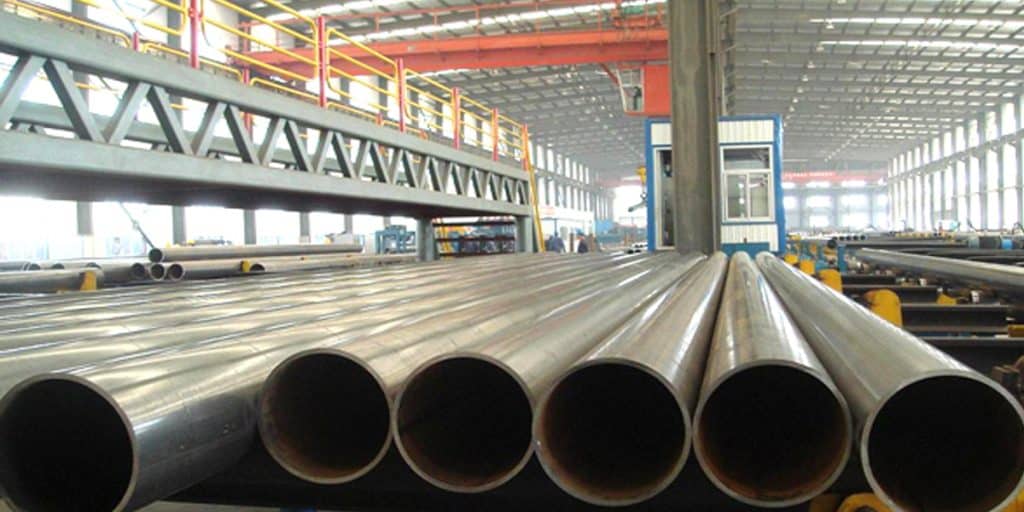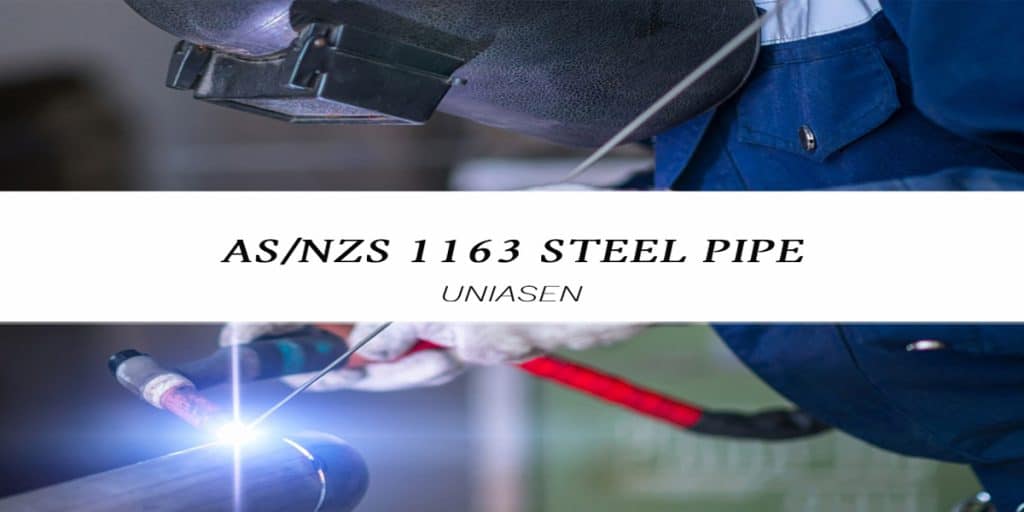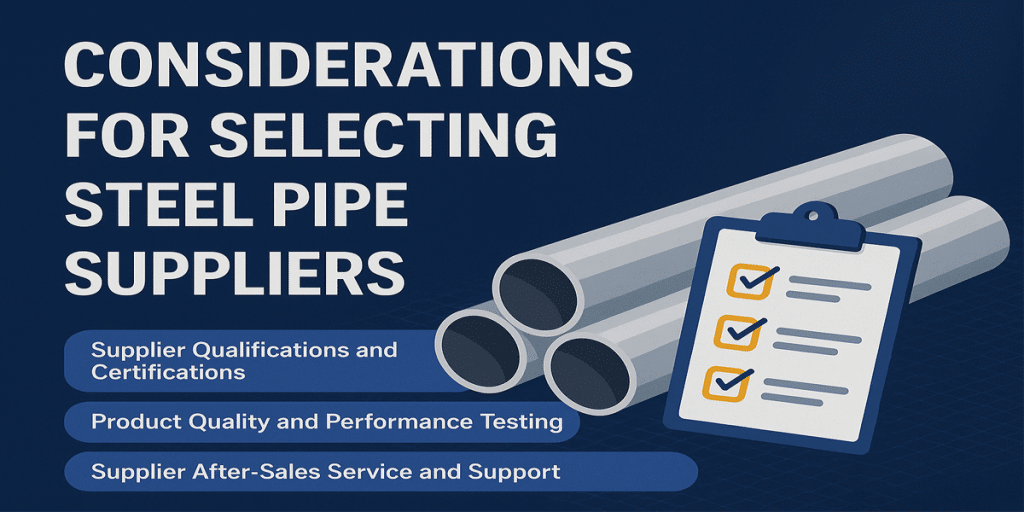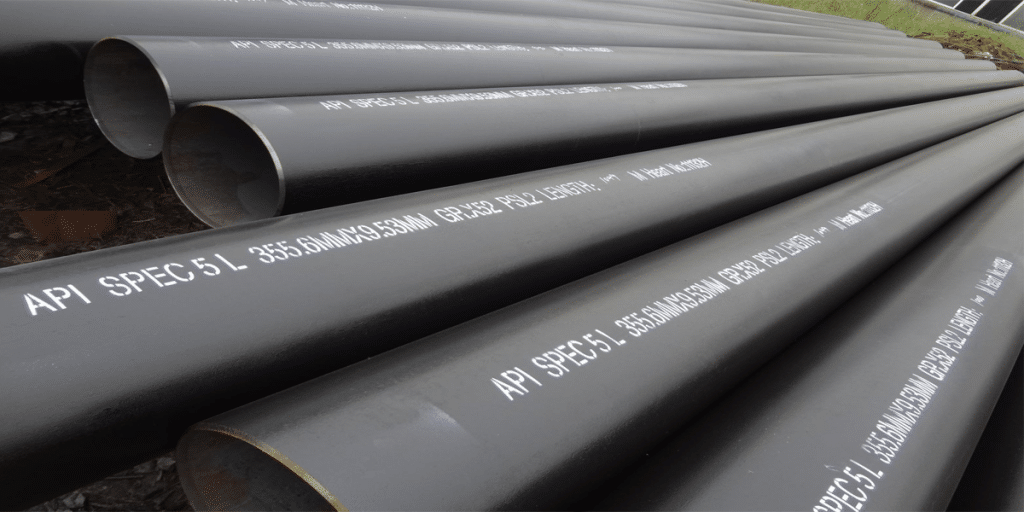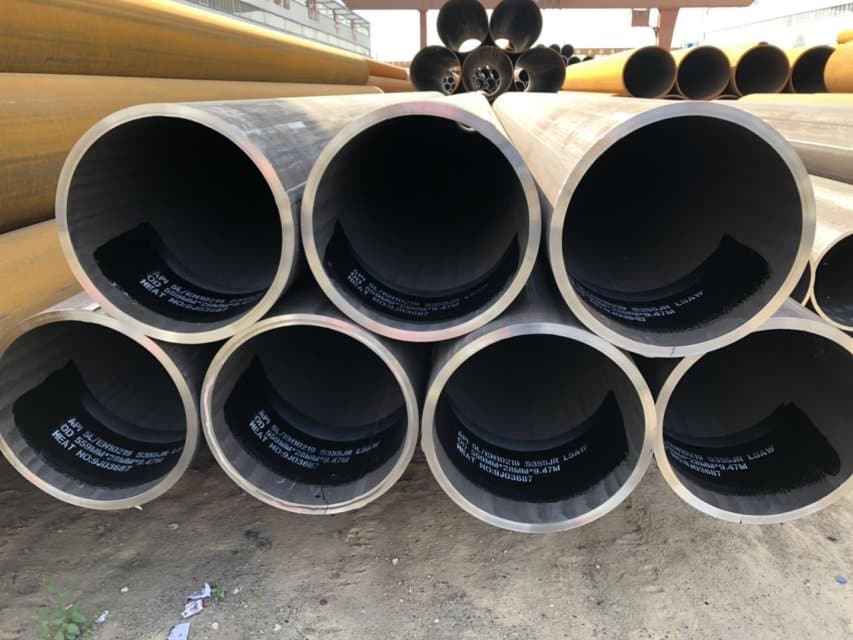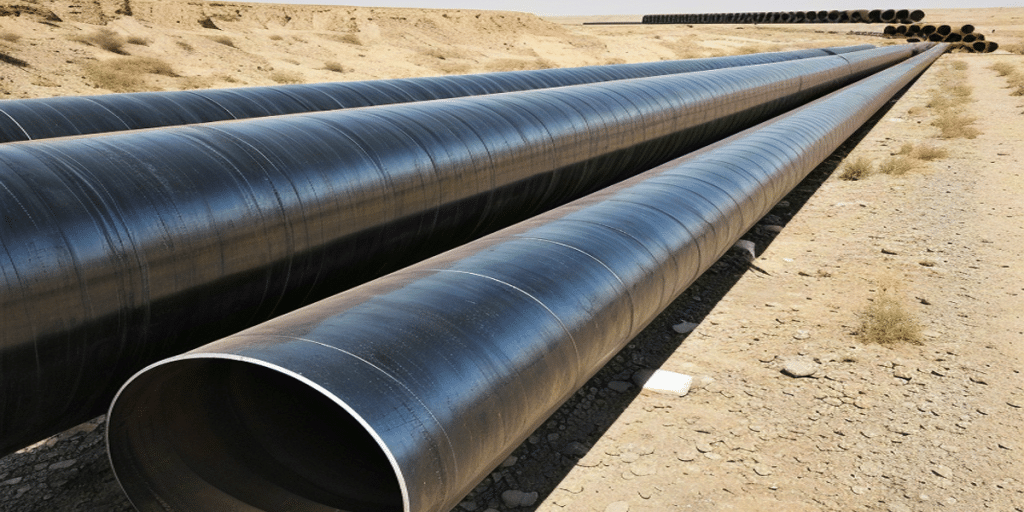- 1. Overview of Weldability for ASTM A53 Grade B
- 2. Pre-Welding Preparation and Material Inspection
- 3. Welding Process Selection and Parameter Control
- 4. Post-Welding Inspection and Quality Control
- 5. Common Welding Defects and Preventive Measures
- 6. Welding Comparison: ASTM A53 Grade B vs. Other Standards
- 7. LONGMA’s Welding and Quality Assurance System
- 8. Conclusion: Choose LONGMA, Choose Reliable Welding Quality
In piping engineering, construction, and industrial manufacturing, ASTM A53 Grade B carbon steel pipes are among the most widely used piping materials globally, thanks to their excellent mechanical properties and weldability. Particularly in applications involving the transportation of water, gas, oil, and steam, the quality of the welding process directly impacts the safety and service life of the piping system. This guide provides a comprehensive analysis of the welding methods, standard requirements, common issues, and quality control key points for ASTM A53 Grade B pipes. Leveraging over 20 years of production and testing experience from LONGMA Steel Pipes, it offers authoritative guidance for your projects.
Overview of Weldability for ASTM A53 Grade B
The ASTM A53 standard (ASTM A53/A53M) covers black and galvanized carbon steel welded and seamless pipes, primarily used in mechanical and pressure applications, as well as the transportation of steam, water, gas, and air. Among its grades, Grade B is the most widely applied due to its higher strength, with the following key properties:
| Item | Requirement |
| Tensile Strength | ≥ 415 MPa |
| Yield Strength | ≥ 240 MPa |
| Elongation | ≥ 30% |
| Pipe Type | Type E (ERW Electric Resistance Welded), Type S (Seamless) |
With its low carbon content (C ≤ 0.30%) and good ductility, ASTM A53 Grade B is particularly suitable for various welding processes, including MIG welding (Metal Inert Gas Welding), TIG welding (Tungsten Inert Gas Welding), SMAW (Shielded Metal Arc Welding), and SAW (Submerged Arc Welding).
Pre-Welding Preparation and Material Inspection
The quality of welding starts with pre-welding preparation and base material inspection. In accordance with Section 9 of the ASTM A53/A53M standard, the following checks must be performed:
- Surface Cleanliness: Pipe ends must be free of oil, rust, scale, and galvanized residues to avoid contamination of the weld.
- End Preparation: Ensure a consistent bevel angle (typically 30°±5°) to enable full fusion of the weld metal.
- Material Verification: Confirm the chemical composition and mechanical properties using the Material Test Certificate (MTC) to ensure compliance with the requirements specified in the ASTM A53 Grade B specification PDF.
- Preheating Requirement: For pipes with a wall thickness exceeding 12.7mm or when the ambient temperature is below 5°C, preheating to 50~100°C is recommended to prevent cold cracking in the weld zone.
Welding Process Selection and Parameter Control
Different welding methods correspond to distinct process parameters and application scenarios, as outlined below:
| Welding Method | Characteristics | Recommended Current/Voltage | Applicable Scope |
| SMAW (Shielded Metal Arc Welding) | Simple equipment, strong adaptability to on-site conditions | 80–150A / 20–30V | On-site welding, small-diameter pipes |
| GTAW (Tungsten Inert Gas Welding) | Dense weld, excellent surface finish, no spatter | 60–120A / 12–18V | Thin-walled pipes, applications with high cleanliness requirements (e.g., food-grade or pharmaceutical piping) |
| GMAW (Metal Inert Gas Welding) | High degree of automation, high welding efficiency | 100–250A / 20–30V | Mass production lines |
| SAW (Submerged Arc Welding) | High welding efficiency, high weld strength, minimal spatter | 200–600A / 25–35V | Large-diameter thick-walled pipes (e.g., ASTM A53 Gr B Sch 40 / Sch 80) |
For ASTM A53 Type E Grade B (ERW electric resistance welded pipes), the weld is typically completed in one pass during production. Ultrasonic Testing (UT) is then performed to confirm the absence of defects such as cracks, porosity, and incomplete fusion.
Post-Welding Inspection and Quality Control
Post-welding inspection is critical to ensuring weld reliability. LONGMA’s in-house laboratory strictly implements testing procedures in accordance with ASTM and API standards to ensure each steel pipe meets international requirements.
Common testing items include:
- Visual Testing (VT): Inspect the weld surface for smoothness, and check for defects such as porosity, undercutting, or cracks.
- Ultrasonic Testing (UT): Detect internal defects (e.g., incomplete penetration, slag inclusions) that are invisible to the naked eye.
- Radiographic Testing (RT): Verify the density of the weld metal, especially for high-pressure piping systems where structural integrity is critical.
- Bend Test & Impact Test: Conducted in accordance with Appendix A of ASTM A53 to validate the toughness and ductility of the welded area.
- Hydrostatic Test: Every welded pipe must undergo a pressure test to confirm the absence of leakage and structural defects.
These testing processes strictly comply with the requirements of ASTM A53/A53M Section 9 & 10, ensuring the finished products meet the mechanical property standards for ASTM A53 Gr B.
Common Welding Defects and Preventive Measures
Improper operation during welding may lead to the following defects. The corresponding causes and preventive measures are summarized below:
| Defect Type | Cause Analysis | Preventive Measures |
| Incomplete Penetration | Low welding current, improper bevel angle, or insufficient heat input | Adjust the current to the recommended range; ensure the bevel angle meets specifications |
| Cracks | Large temperature difference during welding, rapid cooling of the weld zone | Control preheating temperature and extend post-weld slow cooling time |
| Porosity | Moisture in the welding area, contaminated electrodes, or insufficient gas shielding | Dry electrodes before use; ensure the welding area is dry; stabilize shielding gas flow |
| Undercutting | Excessive welding speed, improper electrode angle | Reduce welding speed; optimize the electrode oscillation angle |
LONGMA’s welding production lines are equipped with automatic temperature control and weld imaging systems, which enable real-time monitoring of welding quality and significantly reduce the defect rate.
Welding Comparison: ASTM A53 Grade B vs. Other Standards
Compared with ASTM A106 Grade B or API 5L Grade B, ASTM A53 Grade B offers greater flexibility in weldability. Its low sulfur and phosphorus content enhances weldability and crack resistance, making it highly suitable for welded connections and custom structural manufacturing across a wider range of construction conditions.
LONGMA’s Welding and Quality Assurance System
As a steel pipe manufacturer with over 20 years of production experience, LONGMA not only strictly adheres to international standards (e.g., ASTM, API, EN) but also has established a comprehensive internal quality control system:
- In-house laboratory equipped with spectrometers, ultrasonic testing machines, and tensile testing machines for accurate material and weld performance verification.
- Fully automatic ERW welding production lines to ensure uniform weld strength and consistency.
- 100% hydrostatic testing and non-destructive testing (NDT) for all pipes before delivery to eliminate defective products.
- Provision of ASTM A53 Grade B specification PDFs and complete welding quality control reports upon customer request.
Whether you purchase ASTM A53 Grade B ERW pipes, seamless pipes (Type S), or galvanized pipes, LONGMA can provide you with reliable products that meet international standards and professional technical support.
Conclusion: Choose LONGMA, Choose Reliable Welding Quality
Welding is not only a process to connect steel pipes but also a key factor determining the safety and service life of a project. By correctly understanding the welding requirements and testing standards for ASTM A53 Grade B carbon steel pipes and partnering with a manufacturer like LONGMA—equipped with mature processes and advanced experimental testing capabilities—you will obtain high-quality, traceable, and durable piping solutions.
LONGMA – Focused on steel pipe manufacturing for over 20 years, providing reliable ASTM A53 Grade B carbon steel pipes and welding technical support to customers worldwide.

